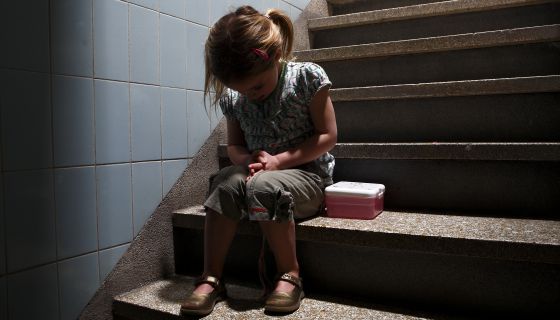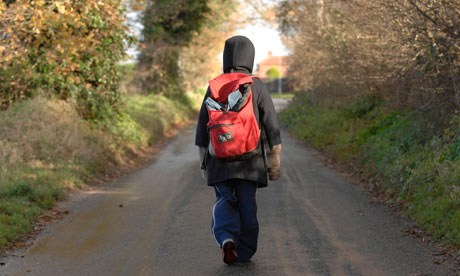Article 27 of the
Convention on the Rights of the Child (CRC) asserts that “States Parties
recognize the right of every child to a standard of living adequate for the
child's physical, mental, spiritual, moral and social development.”
Homelessness denies each one of those rights. According to an Inter-NGO Program
on street children and youth, a street child is “any girl or boy who has not
reached adulthood, for whom the street (in the widest sense of the word,
including unoccupied dwellings, wasteland, etc.) has become his or her habitual
abode and/or source of livelihood, and who is inadequately protected, directed,
and supervised by responsible adults.”
Definition of street children adapted from Unicef 1986Children on the street: “Home based” children who spend much of the day on the street but have some family support and usually return home at night
Children of the street: “Street based” children who spend most days and nights on the street and are functionally without family support
The hidden and isolated
nature of street children makes accurate statistics difficult to gather;
however, UNICEF estimates there are approximately 100 million street children
worldwide with that number constantly growing. There are up to 40 million
street children in Latin America , and at least 18 million in India.
The street children has
vulnerable to the society because most of the time are abused and they don’t
have food to eat and for that they usually are victim of violence more
vulnerable is the girls because they don’t have family to protect them.
Street children in
Latin America suggest that their ages range from 8 to 17 years, with the
average age on entering the street being 9 years. Girls form just 10-15% of
street children
Source:
Amod K. Kanth, Prayas Juvenile Aid Centre Society Bruce Harris, Casa Alianza. (2004). Street children and homelessness. Recovered June 2, 2015.
http://www.cyc-net.org/cyc-online/cycol-0904-Homelessness.html Thomas J Scanlon, Andrew Tomkins, Margaret A Lynch, Francesca Scanlon. (1998). Street children in Latin America. Recovered June 2, 2015.
http://www.ncbi.nlm.nih.gov/pmc/articles/PMC1113205/ Dal Mondo. (2014). Recovered June 2, 2015. http://piattaformainfanzia.org/rassegna/usa-1-bambino-su-30-e-stato-un-homeless-nel-2013/
Written by:
Tivanna Ronquillo.












